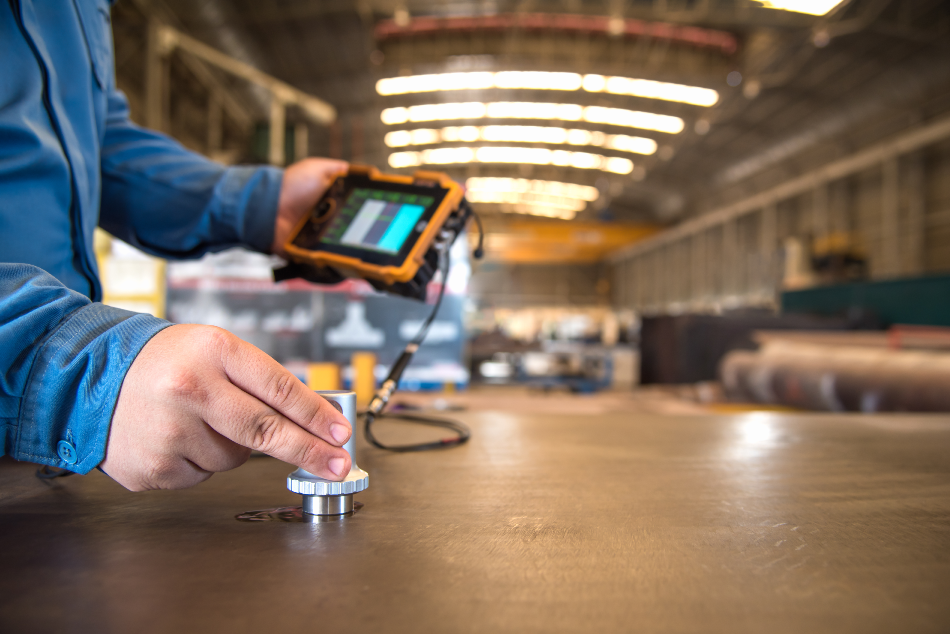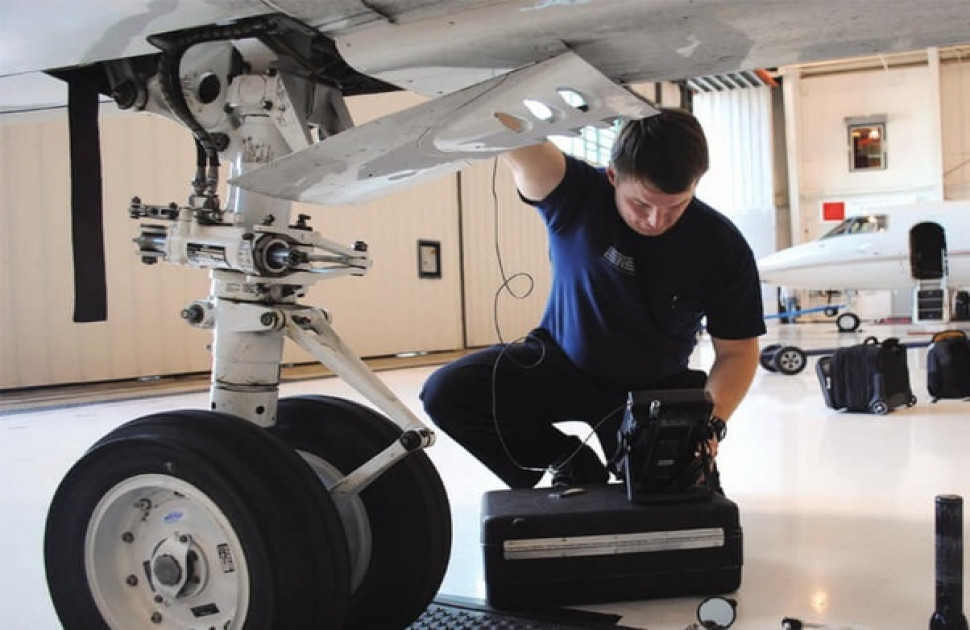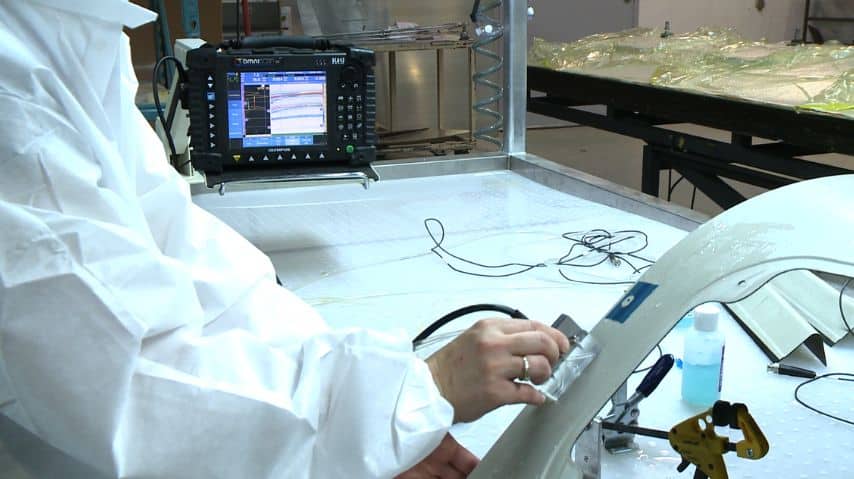In the ever-evolving world of the automotive industry, synchronization in automotive inspection tools plays a crucial role. As vehicles become more complex, ensuring that inspection tools are synchronized is essential for maintaining quality and safety. This article delves into the importance of synchronization, how it works, and its impact on automotive inspections.

What is Synchronization in Automotive Inspection?
Synchronization refers to the process of ensuring that all inspection tools and systems work together seamlessly. This involves aligning data collection, analysis, and reporting processes to ensure accurate and efficient inspections. In the context of automotive inspections, synchronization ensures that all inspection devices, from optical to mechanical, are working in harmony.
The Importance of Synchronization
Why is synchronization so important in automotive inspection tools? The primary reason is accuracy. When tools are synchronized, they provide more accurate data, which leads to better decision-making. Additionally, synchronized tools help reduce inspection times, improve workflow efficiency, and enhance overall safety by ensuring that all potential issues are identified and addressed promptly.
Enhancing Accuracy
One of the main benefits of synchronization is improved accuracy. When all tools are working together, they can cross-check each others data, ensuring that no errors go unnoticed. This is especially important in the automotive industry, where even minor inaccuracies can lead to significant safety issues.
Reducing Inspection Time
Another benefit of synchronization is reduced inspection time. When tools are synchronized, they can operate more efficiently, completing inspections faster. This not only saves time but also allows for more vehicles to be inspected in a shorter period, increasing overall productivity.
How Does Synchronization Work?
Synchronization in automotive inspection tools involves several key components. These include data integration, real-time communication, and automated processes. By integrating data from various sources, inspection tools can provide a comprehensive view of a vehicles condition. Real-time communication ensures that all tools are updated simultaneously, while automation streamlines the inspection process.
Data Integration
Data integration is a critical aspect of synchronization. By bringing together data from different inspection tools, automotive professionals can gain a more complete understanding of a vehicles condition. This comprehensive view allows for more informed decision-making and improved vehicle safety.
Real-Time Communication
Real-time communication is another essential component of synchronization. This ensures that all inspection tools are updated simultaneously, allowing for accurate and efficient inspections. Real-time communication also helps prevent errors and ensures that all potential issues are identified and addressed promptly.
Impact on Automotive Inspections
The impact of synchronization on automotive inspections is significant. By ensuring that all tools are working together, synchronization improves accuracy, reduces inspection times, and enhances overall safety. This not only benefits automotive professionals but also enhances the safety and reliability of vehicles on the road.
Improving Workflow Efficiency
One of the key benefits of synchronization is improved workflow efficiency. When all tools are synchronized, inspections can be completed more quickly and accurately. This leads to increased productivity and allows for more vehicles to be inspected in a shorter period.
Enhancing Vehicle Safety
Synchronization also plays a crucial role in enhancing vehicle safety. By ensuring that all potential issues are identified and addressed promptly, synchronization helps prevent accidents and ensures that vehicles are safe and reliable.
Technological Advancements in Synchronization
The field of synchronization in automotive inspection tools is constantly evolving. Technological advancements are continually improving the accuracy and efficiency of inspection tools. From machine learning to advanced data analytics, these innovations are helping to enhance the synchronization process.
Machine Learning
Machine learning is playing an increasingly important role in synchronization. By analyzing vast amounts of data, machine learning algorithms can identify patterns and trends, helping to improve the accuracy and efficiency of inspection tools. For more information, you can visit machine learning for frequency optimization.
Advanced Data Analytics
Advanced data analytics is another area where technological advancements are making a difference. By analyzing data in real-time, advanced analytics tools can provide insights that help improve the synchronization process. This leads to more accurate inspections and enhanced vehicle safety.
Challenges in Synchronization
Despite the many benefits of synchronization, there are also challenges to overcome. These include the integration of different tools and systems, data privacy concerns, and the need for ongoing training and support.
Integration of Tools and Systems
Integrating different tools and systems can be a complex process. It requires careful planning and coordination to ensure that all components work together seamlessly. For more insights, you can explore synchronization of optical inspection devices.
Data Privacy Concerns
Data privacy is another concern when it comes to synchronization. Ensuring that data is protected and secure is essential for maintaining trust and confidence in the inspection process.
Future of Synchronization in Automotive Inspections
The future of synchronization in automotive inspections looks promising. As technology continues to advance, synchronization will become even more integral to the inspection process. Innovations in machine learning, data analytics, and real-time communication will continue to enhance the accuracy and efficiency of automotive inspections.
Embracing Innovation
To stay competitive, automotive professionals must embrace innovation and continuously seek ways to improve the synchronization process. This includes investing in new technologies, ongoing training, and collaboration with industry partners.
Looking Ahead
As the automotive industry continues to evolve, synchronization will play an increasingly important role in ensuring vehicle safety and reliability. By staying informed and embracing new technologies, automotive professionals can continue to improve the inspection process and enhance vehicle safety.

FAQs
What is the role of synchronization in automotive inspections?
Synchronization ensures that all inspection tools work together seamlessly, improving accuracy and efficiency in the inspection process.
How does synchronization improve vehicle safety?
By ensuring that all potential issues are identified and addressed promptly, synchronization enhances vehicle safety and reliability.
What are the challenges in achieving synchronization?
Challenges include integrating different tools and systems, addressing data privacy concerns, and providing ongoing training and support.
For more information on inspection frequencies, you may visit lifting equipment inspection frequency.
This article contains affiliate links. We may earn a commission at no extra cost to you.
